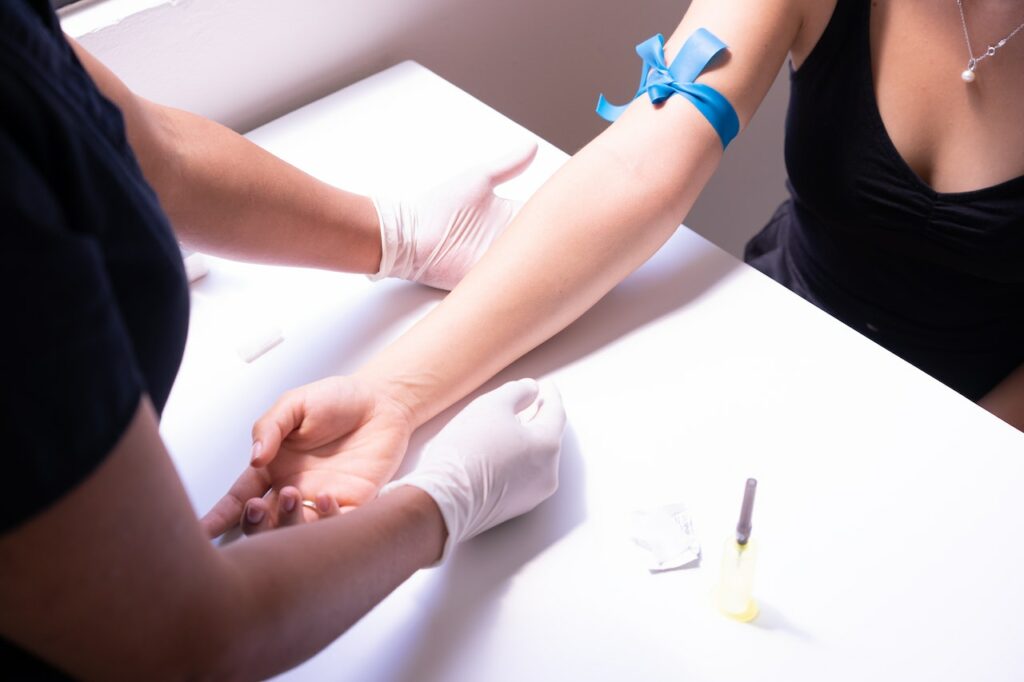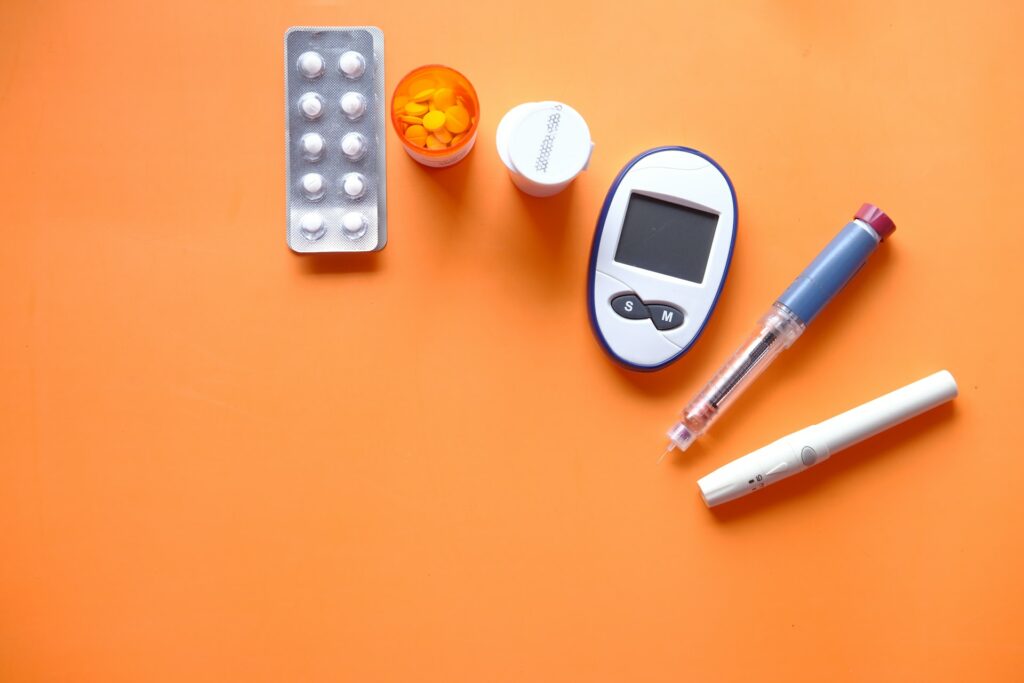In France, over 4 million people live with diabetes. Worldwide, it affects an estimated 1 in 10 adults aged between 20 and 79, or 537 million people.
A major public health issue, diabetes is a chronic disease characterized by an excess of sugar in the blood (hyperglycemia), caused by a malfunction of the pancreas. More precisely, it’s an imbalance between the hormone that stores glucose, insulin, and the hormone that releases it, glucagon.
There are 2 forms of diabetes: “type 1” diabetes (T1DM) , an autoimmune disease affecting around 6% of diabetics, and “type 2” diabetes (T2DM ), which generally occurs after the age of 40.

On the occasion of World Diabetes Day on November 14, 2022, the medical and research teams at the ICAN IHU inform you about type 2 diabetes, which affects 92% of diabetic patients and has been increasing considerably in France in recent years.
What is type 2 diabetes?
Insulin is a hormone naturally secreted by the pancreas, whose role is to regulate glycemia (blood sugar levels) to normal values, for the proper functioning of the body.
Sometimes, the body’s cells misuse insulin. The individual develops insulin resistance, where the pancreas is no longer able to adjust and secrete insulin normally. This leads to elevated blood sugar levels (hyperglycemia), and the development of type 2 diabetes (T2DM).
- 3.5 million patients suffer from T2DM in France,
- Around 1 million people are thought to be undiagnosed in France.
What causes type 2 diabetes?
This disease can be induced by multiple causes:
- Family environment, with a history of diabetes in the family,
- Environmental factors, depending on the level of physical activity and sedentariness,
- Diet and weight gain,
- Ageing is a risk factor for developing type 2 diabetes.

How is type 2 diabetes diagnosed?

Type 2 diabetes often develops very gradually, silently over many years. Most of the time, elevated blood sugar levels cause no noticeable symptoms for the patient.
Diagnosis involves a simple blood test to measure blood sugar levels, when the GP deems it necessary, depending on the patient’s risk factors . Certain symptoms can also lead to a check-up:
- Feeling thirsty
- Regular urge to urinate
- Weight loss
How is type 2 diabetes treated?
Treatments for type 2 diabetes aim to help insulin work better to regulate blood sugar levels, or toincrease the pancreas’ capacity to secrete insulin.
In recent years, scientific advances have made it possible to develop several types of treatment, resulting in personalized medicine based on each patient’s lifestyle , existing pathology(ies), appetite for the proposed treatment…

1. Hygienic and dietary measures
In the treatment of type 2 diabetes, the1st step is to follow hygienic-dietary measures to improve the course of the disease:
- Weight reduction and control through a balanced diet,
- Regular physical activity,
- Stop smoking.
2. Oral and injection treatments
If these measures are not sufficient, 2 types of treatment are available:
- Oral treatments: anti-diabetic drugs in tablet form,
- Insulin injection treatments: insulin pump, refillable insulin pen, pre-filled pen, insulin syringe…
What are the complications of type 2 diabetes?

Failure to manage the disease can lead to serious long-term complications, including :
- The eye: the onset of diabetic retinopathy or “diabetes in the eye”, which can lead to blindness if left untreated,
- Kidneys: the onset of diabetic glomerulopathy can lead to chronic kidney disease, renal failure and, in advanced stages, the need for dialysis (artificial blood purification),
- Vessels of the heart, brain or arteries of the legs: possibility of developing a heart attack, stroke or arteritis of the legs.
- Feet: severe complications of diabetic foot wounds, including ulceration and amputation of the lower limbs.
These severe complications generally appear after 5 to 10 years of untreated unbalanced diabetes.
Do you have any risk factors? If in doubt, talk to your doctor. A simple blood test is all it takes to make a diagnosis.
What about type 1 diabetes?
Rarer than type 2 diabetes, type 1 often appears in childhood or early adulthood. It affects less than 10% of patients with diabetes.
“Diabetes has been with me for a very long time, more than 30 years. The announcement of a disease, no matter what it is, is an upheaval in someone’s life. You wonder why it’s happened to you. You ask a lot of questions, you’re a bit angry, disorientated (…) I’ve had to adapt as technological advances have come along, and at different times in my life” (birth of a child, travel, professional activities…). “This is what it’s like to live with diabetes. Testimonial from Betina, a patient in the diabetology department at the Pitié-Salpêtrière Hospital in Paris.
“With the enormous technological advances of recent years, the mental burden is falling enormously, and quality of life is improving incredibly (…) The doctor is a partner, he’s involved in our lives. When things don’t work out, he’s there to listen and support me. And when things do work out, he’ll also be there to rejoice with me!” Betina, a patient in the diabetology department at Pitié-Salpêtrière Hospital







